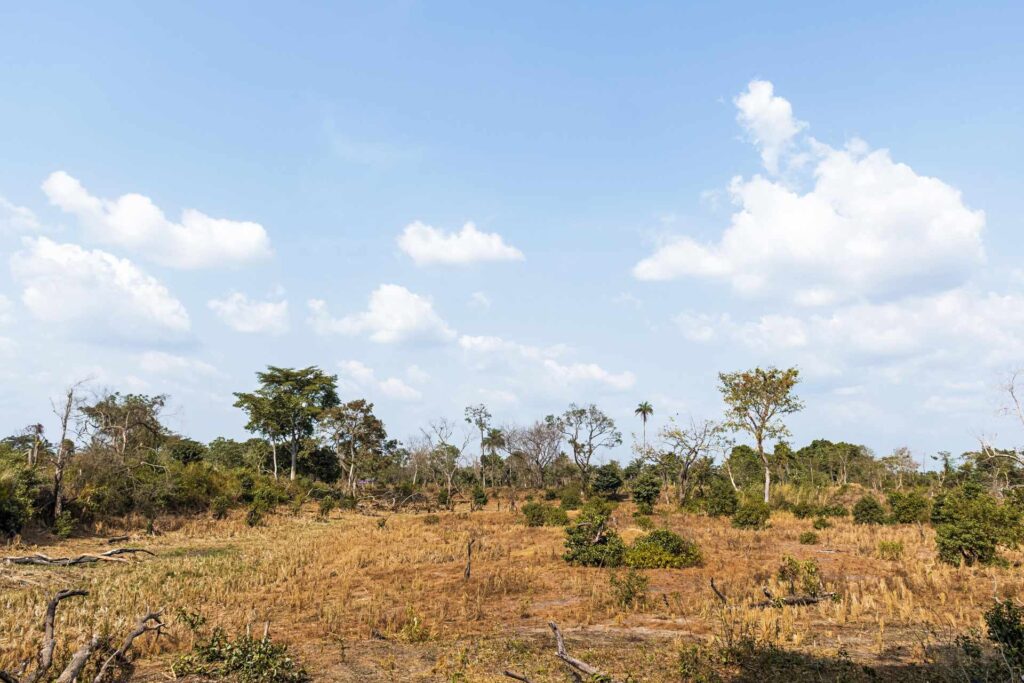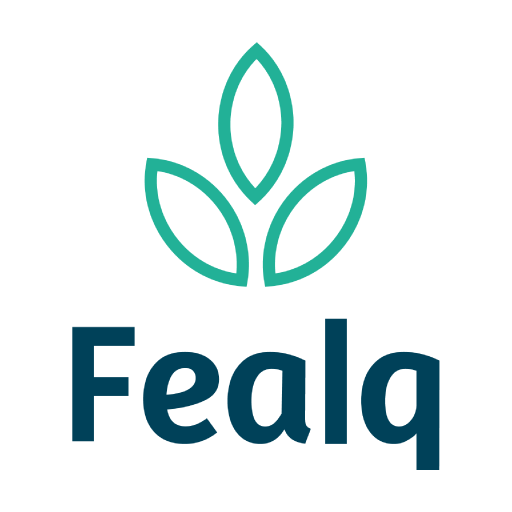C. Roberto Pinheiro Junior, Tiago Osório Ferreira, José de Souza Oliveira Filho, Hermano Melo Queiroz, Lucas Pecci Canisares, Lucas T. Greschuk, Carlos Eduardo Pellegrino Cerri, Marcos Gervasio Pereira, Gonçalo Amarante Guimarães Pereira, Maurício Roberto Cherubin
Abstract
Shallow soils (i.e., Lithic Entisols) cover about 20% of Brazilian drylands. Inherent soil characteristics (i.e., shallow depths) and water scarcity restrict plant growth and carbon (C) inputs in these soils. In such a sensitive ecosystem, sustainable land management options are key to promoting socio-economic development and ensuring food security. Here, we use a dataset of 50 Lithic Entisol profiles distributed within the Brazilian drylands (northeastern region) to: (i) investigate the effects of land-use (cropland, grassland, and native forest), climate (semi-arid and dry sub-humid), and slope classes (0–3%, 3–8%, 8–20% and 20–45%) on soil C accumulation; and (ii) evaluate how understanding multiple drivers C accumulation can support the identification of sustainable land management options. The results suggested that land use does not affect C stock and C/N ratio, nevertheless, they were affected by climate. Under dry sub-humid climate conditions, C stocks were 41.7 Mg ha−1, 44% higher than under semi-arid climate (28.9 Mg ha−1), a result that reflects the effect of higher biomass production in wetter environments. Under slopes of 20–45%, C stocks were 54.3 Mg ha−1, 172% higher than under slopes of 0–3% (19.9 Mg ha−1), because of the higher altitudes and wetter conditions under steeper slopes. Our results showed that areas under lower slopes have lower C stocks and lower aridity index. These drier conditions reduce the productive potential of annual crops and grasslands but enable the cultivation of high-yielding Crassulacean Acid Metabolism (CAM) crops, such as Agave spp, which have a high potential for biofuel production. Furthermore, the possibility of reintroducing organic residues from ethanol production can promote an increase in C stocks, contributing to climate change mitigation. Ultimately, our study provides insights from a holistic view of SOC accumulation drivers, supporting land use planning of highly sensitive environments in tropical drylands around the world.






